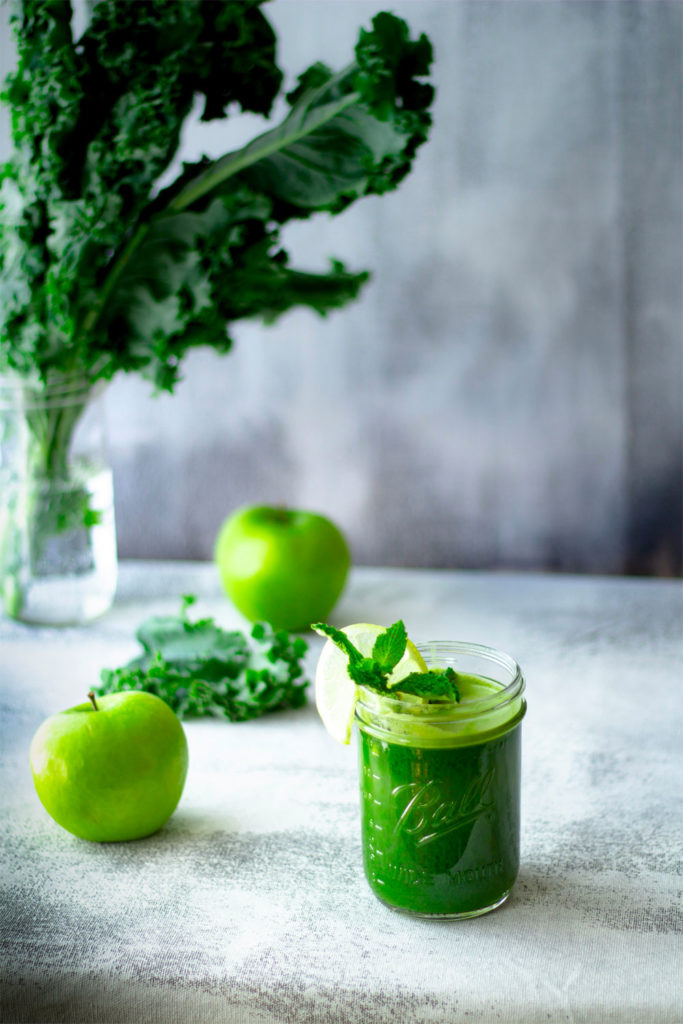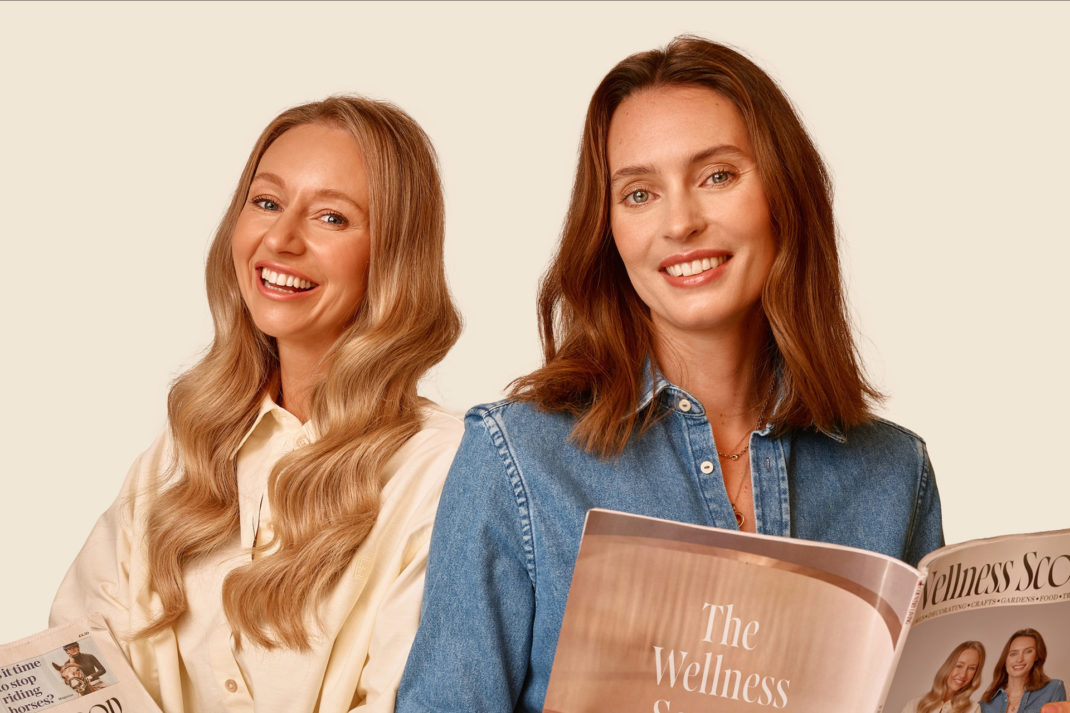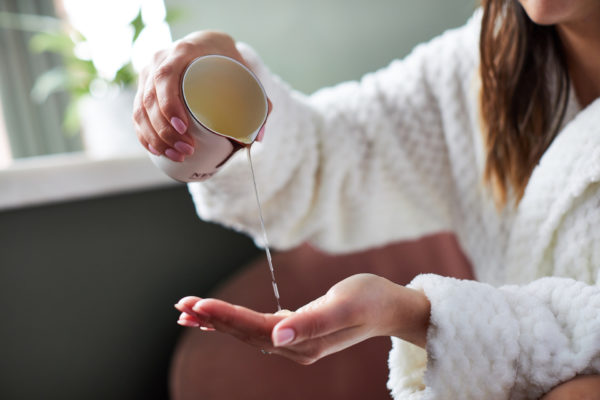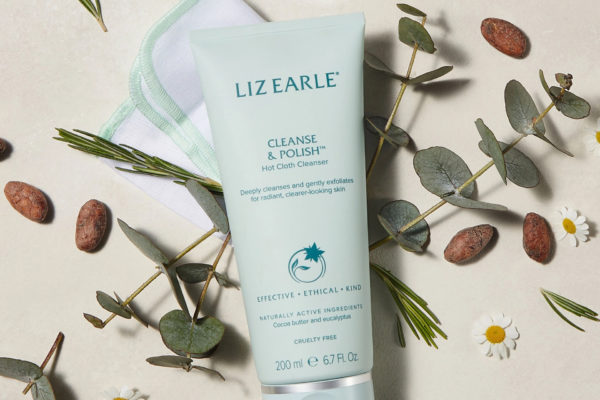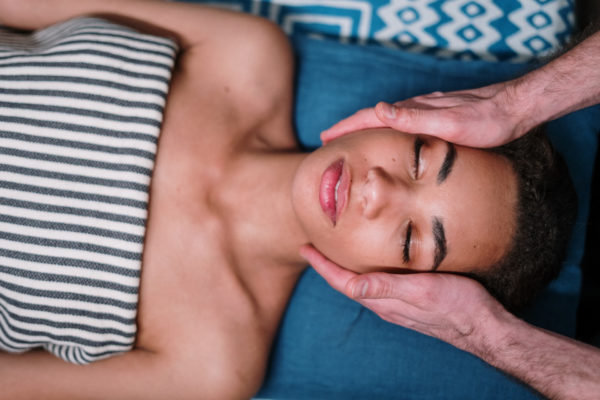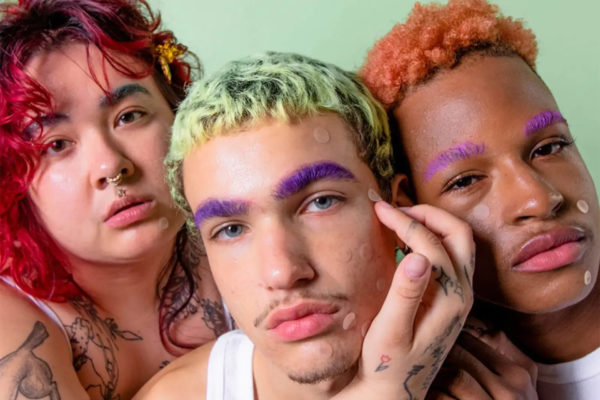A Guide To Cupping Therapy
By
1 year ago
Everything you need to know from the experts
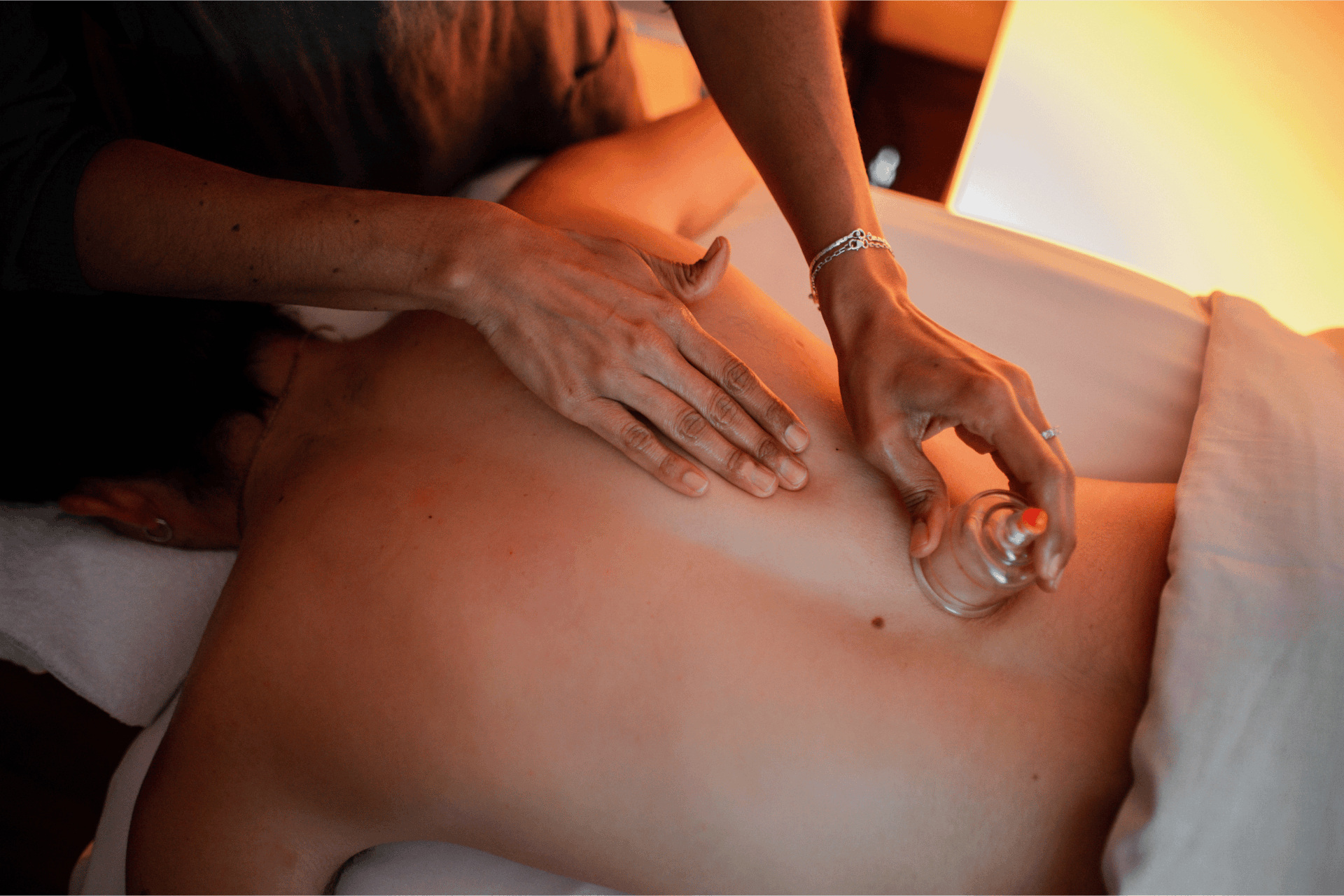
Are you familiar with cupping therapy? Dating back to ancient Egypt, this holistic treatment has more recently been adopted by wellness aficionados (Gwyneth Paltrow has long been a fan), who rave about its benefits. We sought out Isabella Valente, a Chinese Medicine Practitioner at ilāpothecary’s flagship in London, who shares her guide to this ancient therapy.
What Is Cupping Therapy?
‘Cupping is an ancient, holistic method of therapy,’ begins Isabella. ‘Though the exact origin of cupping therapy is a matter of controversy, its use has been documented in early Egyptian and Chinese medical practices making it an essential part of Traditional Chinese Medicine (TCM). Its benefits have been experienced throughout history, and it has been widely used and recognised across the world.
‘The technique consists of using small cups as suction devices that can be applied on different parts of the body, including large areas such as shoulders and back as well as small areas even hands, wrists, legs, neck, ankles, even face,’ she explains.
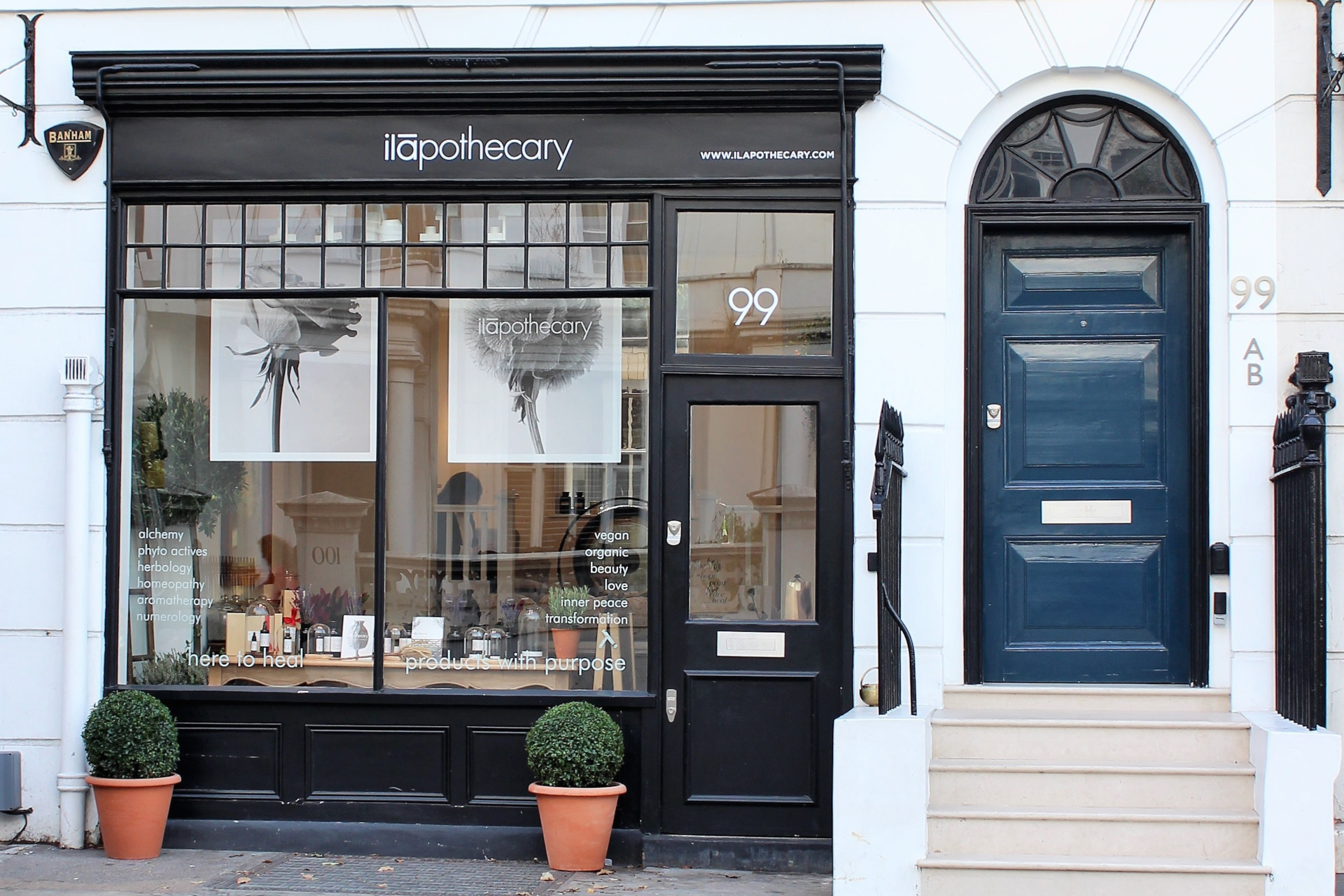
How Does It Work?
‘According to TCM principles, “Qi”, also known as our vital energy, travels through pathways called Meridians, says Isabella. ‘In TCM, when “Qi” is flowing freely, there is no pain, emotions are balanced, and a sense of well-being can be experienced. However, when “Qi” stagnates due to causes such as injury, emotional imbalances, unhealthy diet, and lifestyle, it could lead to pain, anxiety, irritability, along with other symptoms. Cupping then can be applied to clear stagnation, break up blockages, and restore the body’s natural flow. It is even more effective when combined with acupuncture.
‘There are 12 main meridians in the body, and each one connects to different organs and their functions,’ she adds. ‘The areas selected to apply the cupping devices will depend on which meridian is affected by the patient’s conditions. It targets acupuncture points as well as body parts that provide relief through pressure. However, instead of adding pressure like massage, the suction pulls the muscles upwards and can reach up to four inches deep, from the external skin.’
So, what does cupping look like in London’s spas and clinics? ‘In the West, mainly in England, the most popular type of cupping used is called “Dry Cupping”, where there is no blood released during the treatment,’ says Isabella. ‘Dry cupping can be applied using a light, medium, or strong suction effect. The method also varies between static, in which the cups remain in one place during the entire session, or a moving technique using rhythmical strokes to stimulate movement and blood circulation. Both techniques can be combined during the same session.’
What Are The Benefits?
There’s a reason today’s wellness warriors rave about cupping therapy: ‘According to the National Centre of Biotechnology, it has been claimed that cupping therapy tends to increase blood flow to skin and muscles, revitalize connective tissue, drain excess fluids and toxins, loosen adhesions, and stimulate the peripheral nervous system, reduce pain, control high blood pressure and modulate the immune system,’ explains Isabella. ‘Most patients also find the sensation very relaxing and releasing.
‘Cupping became a well-recognised method to relieve shoulder, back, and neck pain, stiff muscles, sports injuries, and treat musculoskeletal conditions,’ she adds. ‘But it can also provide great results to cold and chest congestion. It is commonly used to complement acupuncture treatments and as a massage technique.’
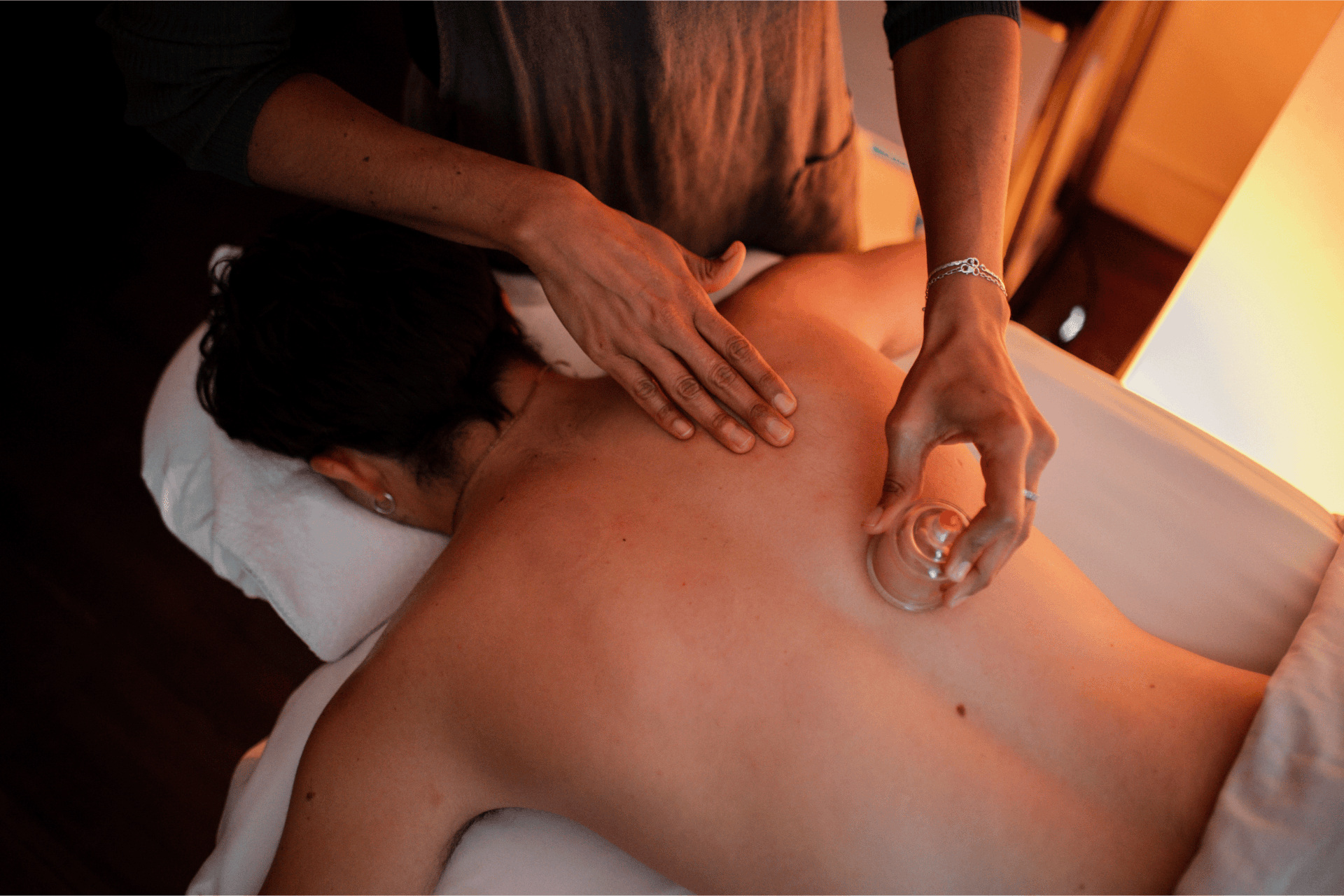
Any Side Effects?
Lucky for us, there is very little to be wary of when it comes to side effects. As Isabella tells us, ‘When applied by a qualified practitioner the side effects of cupping are mild or even none. Bruising should be expected, especially when strong application is applied, but skin returns to looking normal within seven to 10 days.’
How Often Should We Go For Treatment?
‘The treatment frequency will depend on the patient’s condition and how quickly the skin recovers,’ she tells us. ‘When treating pain for example, usually once a week is recommended using a mild to medium suction, or twice a month when strong suction is applied. The practitioner will be able to tell more after the first session.’
TRY IT
Cupping & Tuina Massage, £75 for 45 minutes at ilāpothecary | 99 Kensington Church Street, Kensington, London W8 7LN | +44 7342 168395 | ilapothecary.com.
Featured image: ilāpothecary




